| HOME | | | FLORENCE | | | ROME | | | CRETE | | | EDUCATIONAL |
The Haghia Triada administrative documents
|
The administrative documents (Neopalatial Period) from Haghia Triada are kept mainly in the Herakleion Archaeological Museum in Crete. Two different major types may be recognized: |
|
Tablets (fig. 1)This type, a page shaped clay tablet, is the main source of information on Linear A. It is identified through the acronym of the site of its finding followed by a progressive number, according to the conventions proposed in GORILA (L. Godart - J.P. Olivier, Recueil des inscriptions en Linéaire A). Although the writing has not been deciphered neither the language has been interpreted, various data may be obtained from the tablets. First of all, a list of Linear A signs may be hypothesized, which, with its 97 symbols, reveals a syllabic script of a simple typology (consonant + vowel and vowels): the signs are, in fact, too many, to represent a complex syllabic system (as the Near Eastern Cuneiform and the Aegyptian Hieroglyph). To these syllabic signs a long series of "logograms", representing each one a word, are added. At Haghia Triada 147 tablets have been found, only two of them being actually kept in the Pigorini museum. |
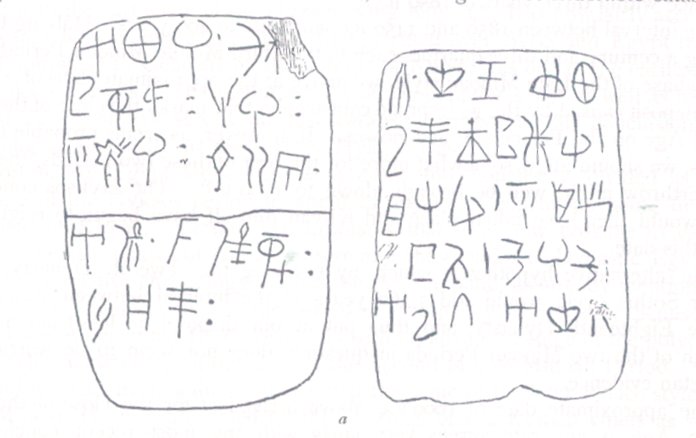 Fig. 1 - Representation of tablets in Linear A |
Sealed documents (fig. 2) |
|
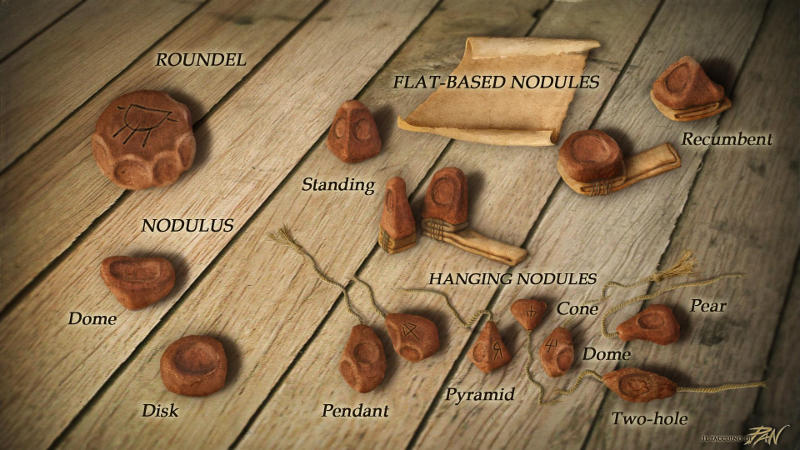 Fig. 2 - Representation of various sealed documents |
|
|
This type, which presents a wide variety, has been conventionally divided into more sub-groups (cf. Hallager 1996: 23): |
|
|
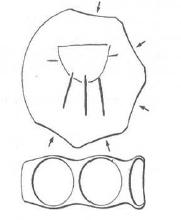 Fig. 3 - Illustration of a roundel: top view and side view |
|
 Fig. 4 - Representation of a dome nodulus |
 Fig. 5 - Representation of a disk nodulus |
||
|
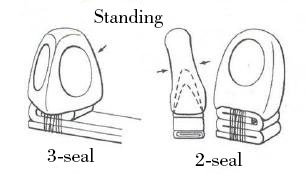 Fig. 6 - Representation of a flat-based nodule (standing) |
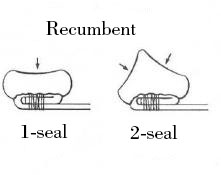 Fig. 7 - Representation of a flat-based nodule (recumbent) |
||
|
 Fig. 8 - Representation of a hanging nodule with two holes |
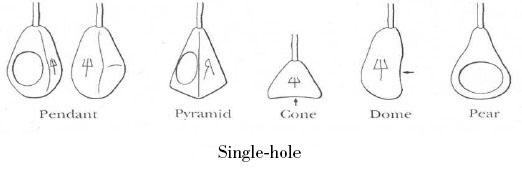 Fig. 9 - Representation of a hanging nodule with one hole only |
||
|
We remind also: a) the direct sealing (classified as Wg), only 1 having been found at Haghia Triada, a lump of clay placed direcly into objects, whose different imprints are preserved on the reverse of the seal; b) miscellanous sealings (classified as Wy), likely variants of one of the above main types, which present no particular characteristic. All these documents have been found scattered in five main locations of the site, four inside the "villa" and one outside: |
|
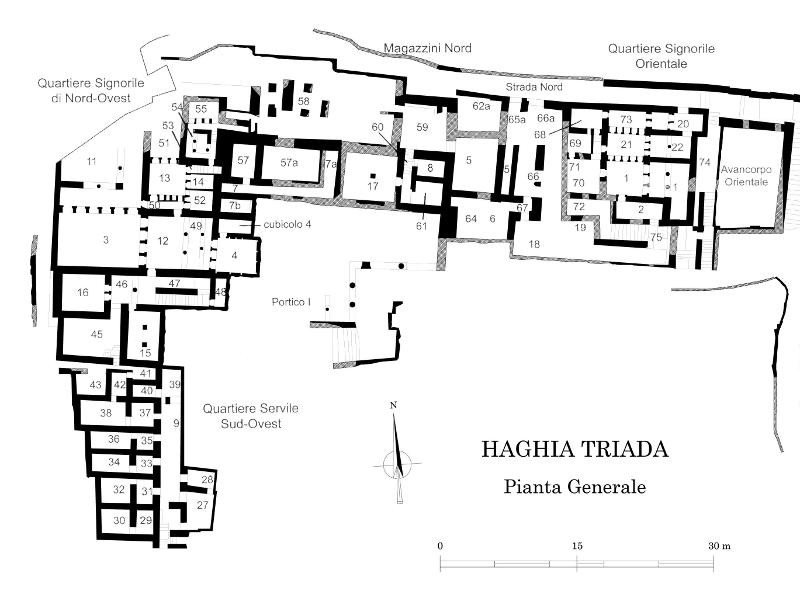 Fig. 10 - 1) Villa. North-western quarter; 2) Villa. South-western quarter; 3) Villa. Room 59; 4) Villa. Room 72 |
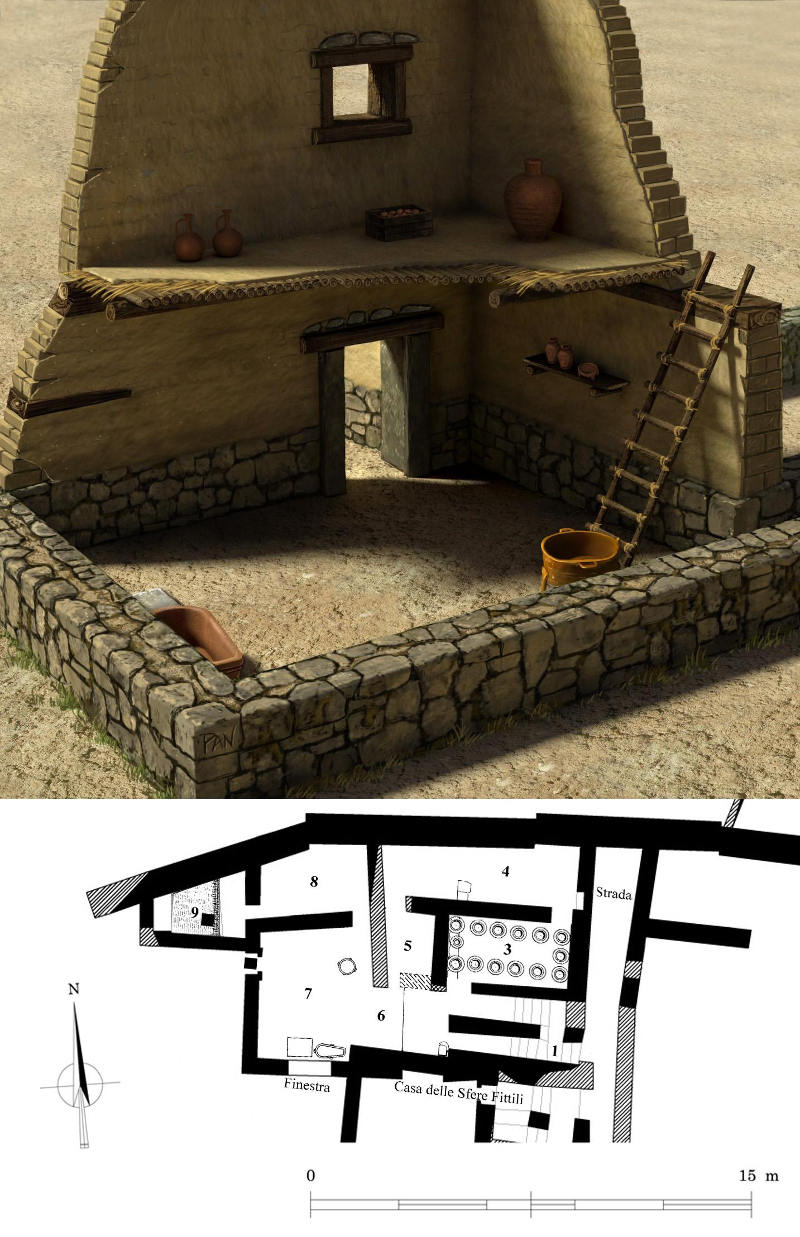 Fig. 11 - Lebete House. Above the threshold of the door in the western wall of Room 7; in Room 9 |